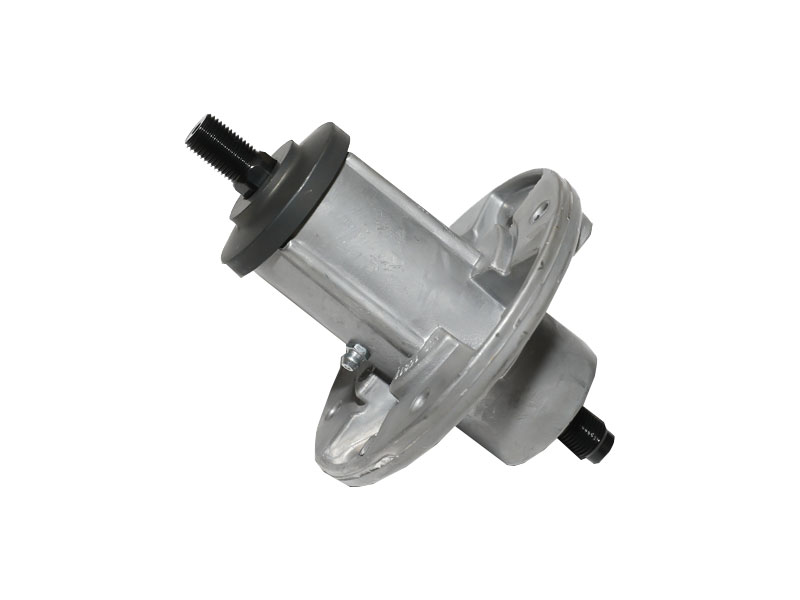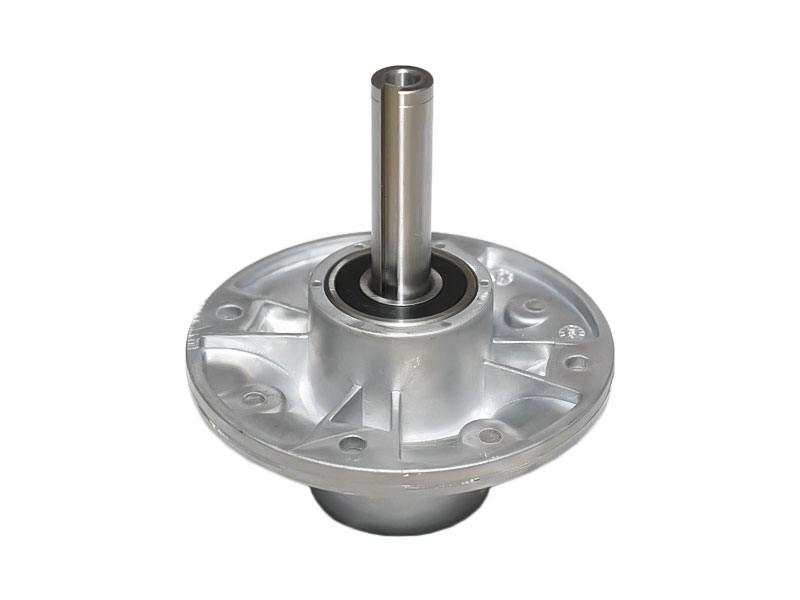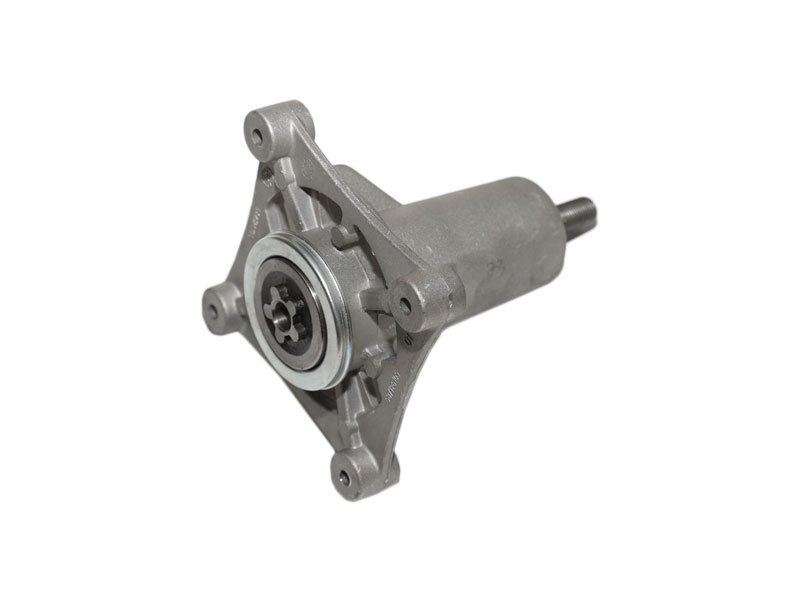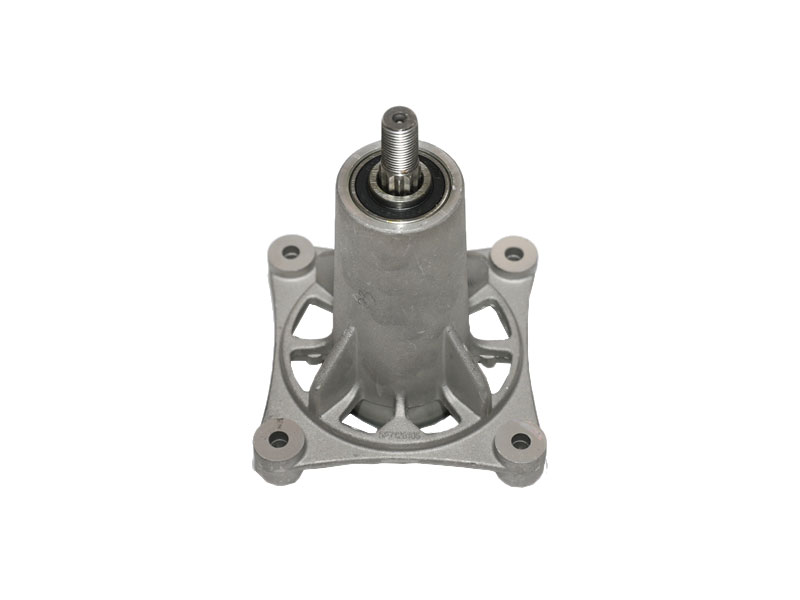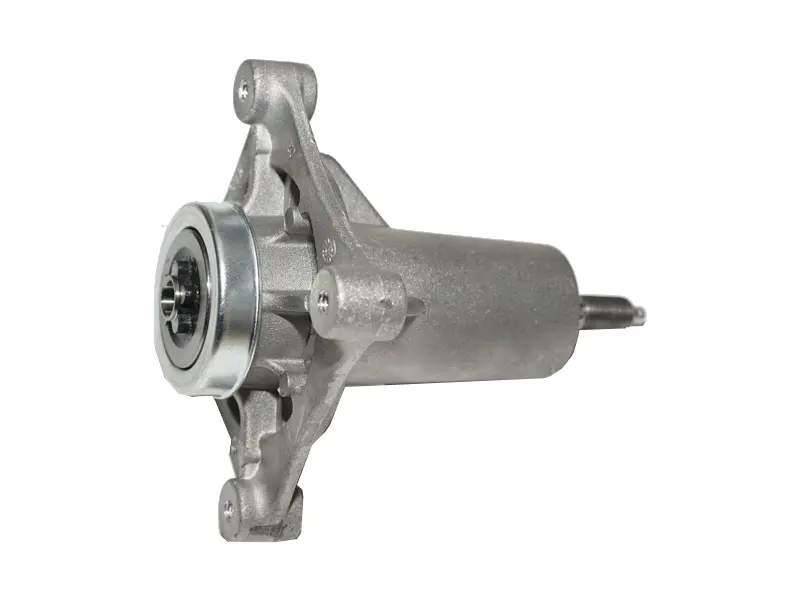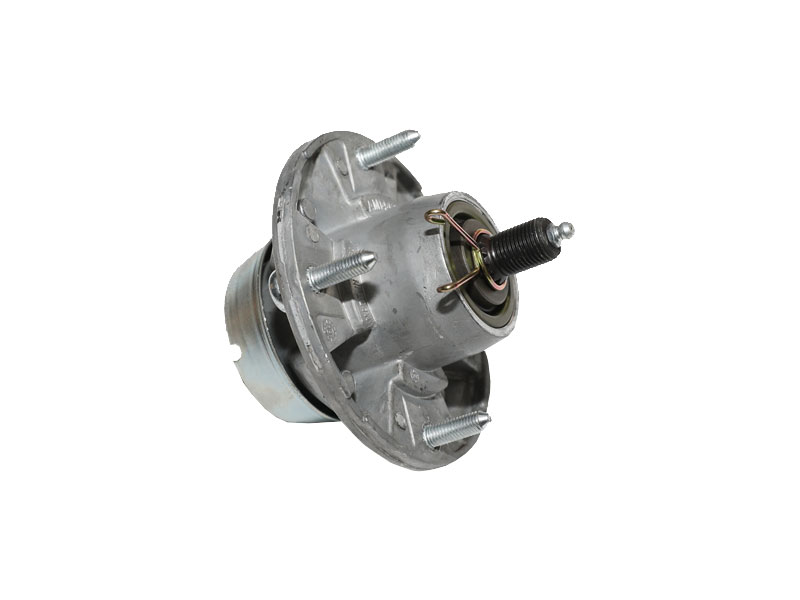Pulleys can provide a mechanical advantage in various mechanical systems. A pulley is a simple machine that consists of a wheel mounted on an axle or shaft, and it is often used in combination with a rope or belt. The primary purpose of a pulley is to change the direction of the force applied to it and to transmit that force efficiently.
The mechanical advantage provided by a pulley system depends on the number of pulleys and the arrangement of those pulleys. There are two common types of pulley systems:
Fixed Pulley: A fixed pulley is attached to a stationary object, such as a ceiling or a wall. It changes the direction of the force but does not provide a mechanical advantage in terms of reducing the effort force required. It makes it easier to lift or move an object in a different direction.
Moveable Pulley: A moveable pulley is attached to the object being moved, and the rope or cable runs through it. When you pull on the rope, the pulley moves with the load. In this case, the mechanical advantage is gained because the force required to lift the load is reduced. This type of pulley system effectively divides the weight of the load between the user's effort and the tension in the rope.
By combining multiple fixed and movable pulleys in various configurations, you can create compound pulley systems that provide even greater mechanical advantages. These systems are commonly used in applications such as lifting heavy objects, construction equipment, and in various industrial and engineering settings to make tasks more manageable by requiring less force to accomplish a given amount of work.
 English
English 中文简体
中文简体 Español
Español svenska
svenska




